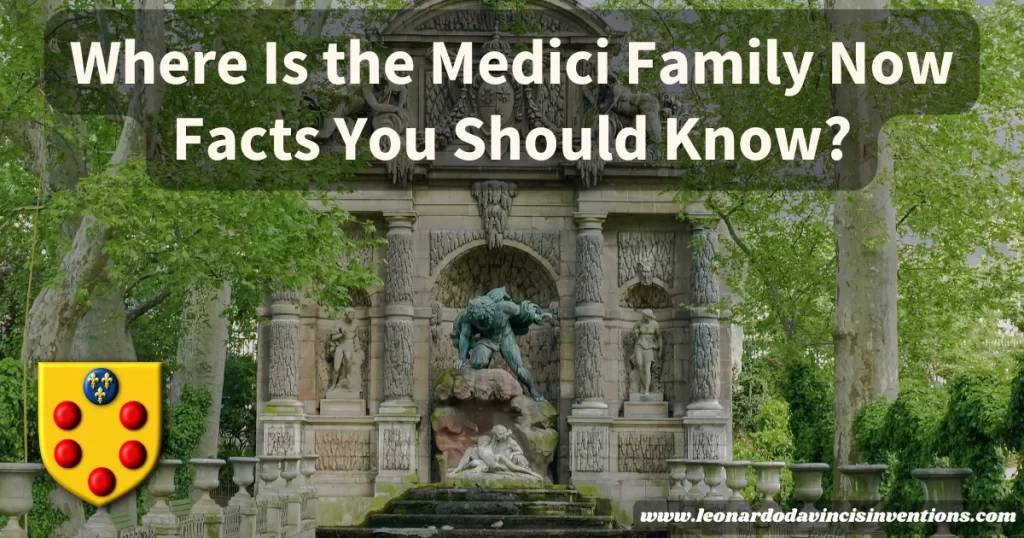
Where is the Medici Family now? This question fascinates people who love history and mystery. Many believe the Medici line vanished, but hints of their legacy and indirect descendants remain today.
The Medici’s descendants exist through families intermarried with them, even though the main line ended centuries ago.
This fact surprises many who think the dynasty disappeared completely.
The Medici ruled Florence and became huge patrons of art and science. Their influence remains visible in the city’s buildings and museums.
People curious about their story can find out where, if possible, the Medici heirs live now. Prince Lorenzo de’ Medici, who claims heritage from the family, works to keep the Medici name alive.
Where Is the Medici Family Now and Their Historical Roots in Florence
The Medici family started as rural peasants in Tuscany and rose to become powerful bankers and rulers in Florence. Their impact on art, architecture, and European history still shapes the world today, even though the main family line ended in the 18th century.
The Medici Family Origins and Rise as a Banking Family
The Medici family began in the 12th century in the Tuscan countryside, near Cafaggiolo. By the 14th century, they moved to Florence and established themselves as a thriving banking family.
The Medici Bank became one of the most important in Europe, handling money for kings, popes, and merchants. Their business skills and marriage alliances helped them grow their wealth and status.
This financial power formed the foundation for their political influence in Florence.
Florence’s Role in the Medici Political Dynasty and Renaissance Power
Florence became the center of Medici political rule and cultural influence. The city’s republican system initially limited their official power, but the Medici guided much of the government behind the scenes.
As leaders, the Medici used their resources to become major patrons of the arts and the Renaissance. Artists like Michelangelo and Leonardo da Vinci thrived under their support.
Their patronage transformed Florence into a symbol of culture and innovation in Europe.
Cosimo de’ Medici and Lorenzo de’ Medici’s Impact on the Medici Legacy
Cosimo de’ Medici, known as Cosimo the Elder, set the standard for Medici leadership in the 1400s. He used his banking wealth to stabilize Florence’s finances and promote peace between rival families.
Lorenzo de’ Medici, called “Il Magnifico,” was Cosimo’s grandson and took Medici patronage to new heights. He supported writers and artists, helping create masterpieces that defined the Renaissance.
Both men shaped the Medici legacy in government, culture, and diplomacy.
Key Figures Table:
| Name | Role | Legacy |
|---|---|---|
| Cosimo de’ Medici | Banker, Statesman | Founder of political power |
| Lorenzo de’ Medici | Patron, Ruler | Boosted Renaissance arts |
The Medici Family Tree and Bloodline Through the Centuries
The Medici family tree includes popes, queens, and dukes. Notable members like Catherine de’ Medici became Queen of France, and popes Leo X and Clement VII influenced the Catholic Church.
Over time, the family split into several branches. The main line ended with Anna Maria Ludovica in 1743, but Medici descendants survive today in European nobility.
Few carry the Medici name, but their bloodline connects to many royal houses.
Medici Palaces, Villas, and Tombs as Symbols of Their Wealth and Influence
The Medici family built grand palaces and villas across Florence and Tuscany. The most famous is the Pitti Palace, now a museum.
They first lived in the Palazzo Medici Riccardi, a symbol of their entry into city life. Their tombs in the Basilica of San Lorenzo showcase fine art and architecture by Michelangelo.
Many Medici buildings still exist as heritage sites and museums. These landmarks provide a window into Florence’s Medici wealth and cultural influence.
Where Is the Medici Family Now and Their Influence on Art and Culture
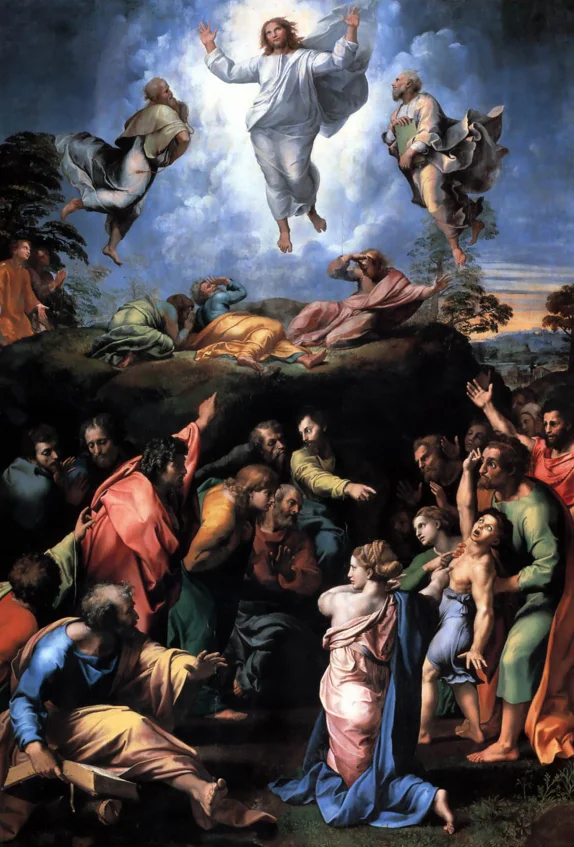
The Medici family’s current location interests those studying European history and the Renaissance. Their legacy is visible in Florence’s museums, archives, and art and science scene.
The Medici family’s wealth, political power, and patronage have lasting effects on society and culture in Tuscany and beyond.
Medici Art Patronage and Their Role as Patrons of the Arts
The Medici family became major patrons of the arts during the Renaissance in Florence. They spent enormous amounts commissioning works from artists like Michelangelo, Leonardo da Vinci, Botticelli, and Raphael.
Cosimo de’ Medici, known as “Cosimo the Elder,” began this tradition by supporting artists and architects. Lorenzo de’ Medici, called “Lorenzo the Magnificent,” personally sponsored poets, sculptors, and painters.
Their sponsorship helped Florence become the center of Renaissance art and learning. Artworks and buildings from the period continue to draw visitors and researchers.
How the Medici Family Shaped Renaissance Art and Science
The Medici used wealth from their banking empire to fund art and scientific discovery. They supported thinkers like Galileo Galilei and Leonardo da Vinci, who made advances in astronomy, anatomy, and engineering.
The Medici encouraged blending art and science. Lorenzo opened the villa libraries to scholars, which helped spread Renaissance knowledge.
Florence became the starting point for breakthroughs in literature, humanism, architecture, and mathematics. The Medici family’s influence on Renaissance art and science shaped how museums, research, and universities work today.
Medici Museums and Heritage Sites Preserving Their Family Contributions
Several vital sites in Florence and Tuscany preserve the Medici family legacy: the Uffizi Gallery and the Pitti Palace house art collections started by the Medici dynasty.
These museums display paintings, sculptures, and treasures collected over centuries. Medici palaces, villas, and tombs are reminders of their power and influence.
The Medici Chapels hold the family tombs, decorated by Michelangelo. Villas like Villa Medici at Fiesole show their taste for beauty and nature.
Today, tourists and locals visit these Medici heritage sites to learn about Renaissance culture and the family’s role in shaping European art.
Medici Family Archives and the Preservation of Their Historical Importance
The Medici family archives are critical for researchers studying Italian history, the Medici family tree, politics, and art and science during the Renaissance. These records are located mainly in Florence and include letters, contracts, marriage alliances, banking documents, and wills.
Scholars use these documents to understand how the Medici bank grew and how political power shifted. The archives help confirm events such as the Medici’s exile, return to power, and eventual decline.
Preserving these materials ensures that the Medici legacy and importance in European history survive for modern generations and historians.
Medici Family Influence on Culture and Political Power Shifts in Tuscany
The Medici family influenced political rule and power shifts in Tuscany for almost three centuries. When in power, they controlled Florence and much of the surrounding region.
Through strong alliances and careful resource management, the family gained social status and loyalty from the people. During periods of exile and return, the Medici shaped the government and encouraged the growth of trade, the arts, and learning.
Their promotion of culture helped strengthen Florence and expand their influence. Even after the Medici decline and fall in the 18th century, their impact on politics, art, and education in Tuscany is still clear today.
Where Is the Medici Family Now, and the Status of Their Descendants Today
Where Is the Medici Family Now? Explores the fate of the Renaissance’s most influential banking family. The Medici family’s estates, legacy, and current status remain interesting in Florence and beyond.
Medici Descendants Today and the Continuation of the Medici Bloodline
Medici descendants are not part of ruling circles today, but their bloodline has likely continued through indirect lines. The main Medici family tree from Cosimo de’ Medici and Lorenzo de’ Medici produced several branches, though the direct male line ended in the 18th century.
Some people with the Medici surname claim that relations and distant relatives may still exist through marriage alliances and extended branches. For example, Prince Lorenzo de’ Medici has publicly identified himself as carrying on the family name.
Historians debate the authenticity of these claims, but the Medici legacy continues through cultural and symbolic connections.
Medici Family Branches, Estates, and Their Presence in Italian Nobility
The Medici family established many branches and built substantial estates across Tuscany.
Famous sites include the Palazzo Medici Riccardi in Florence and the Medici villas and gardens in the countryside.
Some minor Medici branches married into other Italian noble families. This spread their influence across the region.
Although the direct ruling family is gone, the House of Medici left a mark on local nobility and property ownership patterns.
Many of their palaces now serve as museums and public sites instead of private estates.
The Medici Family Name and Its Legacy in Modern Florence
The Medici family name remains tightly linked to Florence.
Many landmarks, such as the Uffizi Gallery and the Medici Chapels, remind people of the family’s importance to art, culture, and history.
Medici art collections and heritage sites attract millions of visitors each year.
This strengthens Florence’s image as a center of Renaissance art.
The Medici coat of arms is still visible on many city buildings.
Their role as patrons of the arts is taught worldwide.
Medici Family Exile, Decline, and Return to Power Through History
The Medici family experienced several exiles and dramatic returns to power.
They faced exile in Florence more than once due to political shifts, especially during the rule of Savonarola and rival families.
Despite these setbacks, the Medicis managed to regain power several times.
Their political dynasty peaked during the Grand Duchy of Tuscany.
After the last Medici grand duke died in 1737, their era ended.
The Medici Family’s Wealth Sources and Social Status in Contemporary Times
The Medici family’s original wealth came from banking, trade, and investments, starting with Cosimo de’ Medici.
Their banking family became the richest in Europe, but their fortune faded over time with the fall of the Medici bank and the loss of direct political power.
Today, Medici family members no longer rank among Europe’s richest or most powerful.
Their status is honorary primarily.
Their prominent presence is in the cultural and historic sectors.
Medici museums, archives, and art collections remind visitors of their impact on Florence, Tuscany, and the wider world.
Frequently Asked Questions
The Medici family played a huge role in Italian history by shaping Florence and Tuscany.
Their influence extended through politics, banking, and the arts for centuries.
Is there any Medici family left?
There are no direct male heirs of the main Medici line today.
The family’s dynasty ended in 1737 with Anna Maria Ludovica, the last of the line.
Some distant relatives by marriage may exist, but no well-known, verifiable Medici descendants are part of public life now.
Who inherited the Medicis’ wealth?
When the last Medici, Anna Maria Ludovica, died in 1743, she left the family’s art and property to the state of Tuscany.
This move helped Florence keep many valuable treasures.
The wealth did not pass to any private heirs.
Does the Medici home still exist?
Several Medici palaces and villas still stand in Florence and nearby regions.
The most famous are the Palazzo Medici Riccardi and the Palazzo Pitti, which are now museums open to the public.
These buildings are important historic sites.
How much money would the Medici family have today?
Historians estimate that the Medici bank was once the richest in Europe.
Adjusted for inflation, their wealth today might compare to billions of dollars.
However, exact amounts are hard to measure because much of their fortune was spent on art, building, and political efforts.
How did the Medicis lose their money?
The Medici bank began to fail in the late 1400s because of poor management and risky loans.
Political conflicts, wars, and bad financial decisions caused losses.
Over time, their fortune disappeared, and their power faded as rivals took over.
Does the Pazzi family still exist?
The Pazzi family, famous for the attempted plot against the Medici, has surviving descendants living in Italy and other countries.
However, the family is not influential in politics or finance today.
Are there any descendants of the De Medici family?
There are no direct descendants of the prominent Medici family alive today.
Some distant branches may exist, but the official bloodline ended in the 1700s.
Is the Medici Bank still around?
The Medici Bank closed in the late 15th century.
Economic troubles, poor management, and outside competition caused its collapse.
No part of the original Medici bank operates today.
Why were the Medicis so hated?
Many people disliked the Medicis because they held so much power in Florence and often ruled like monarchs.
Rivals accused them of corruption and favoritism.
Their control over politics and finances created enemies both at home and abroad.
Which Medici died of syphilis?
Alessandro de’ Medici was the first Duke of Florence. Many people believed he died from syphilis.
Some reports also suggest other Medici family members may have suffered from the disease. However, Alessandro is the most often named.
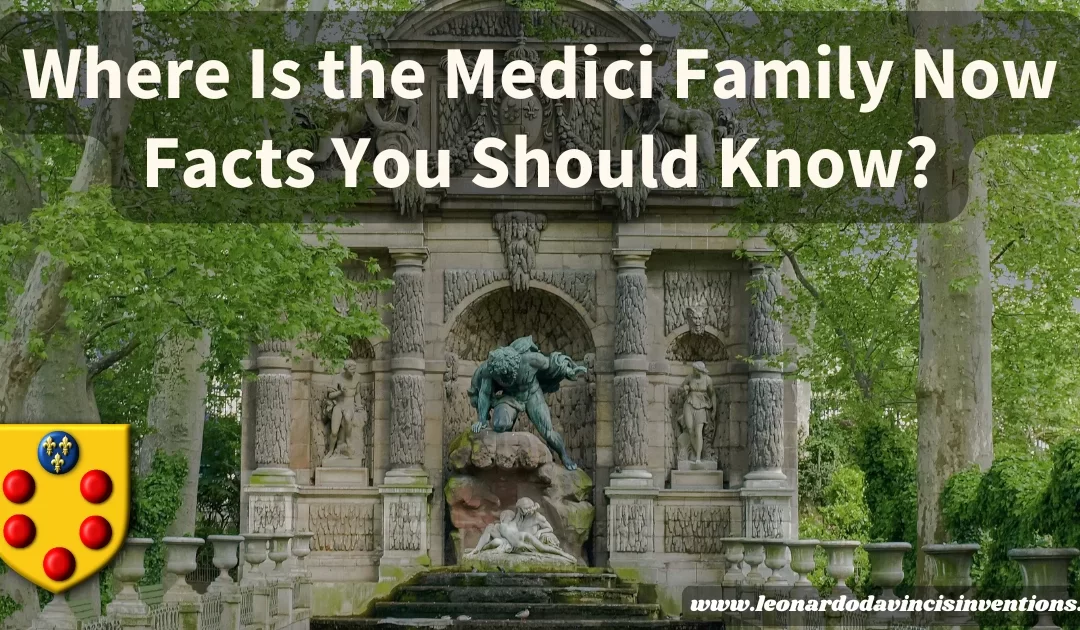

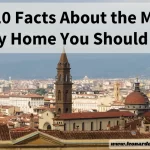
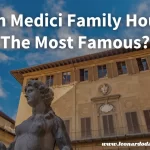
 Leonardo Bianchi,
the creator of Leonardo da Vinci's Inventions.
Thank you for visiting
Leonardo Bianchi,
the creator of Leonardo da Vinci's Inventions.
Thank you for visiting